
RETURN to Periodic Table
The elements of Group I (other than hydrogen) are called the Alkali Metals. This is because, when they react with water, they produce an alkaline (basic) solution. For example, sodium (Na) reacts with water (H2O) to form sodium hydroxide (NaOH), which is a strong base:
2Na(s) + 2H2O(l) —> 2Na+(aq) + 2OH–(aq) + H2(g)
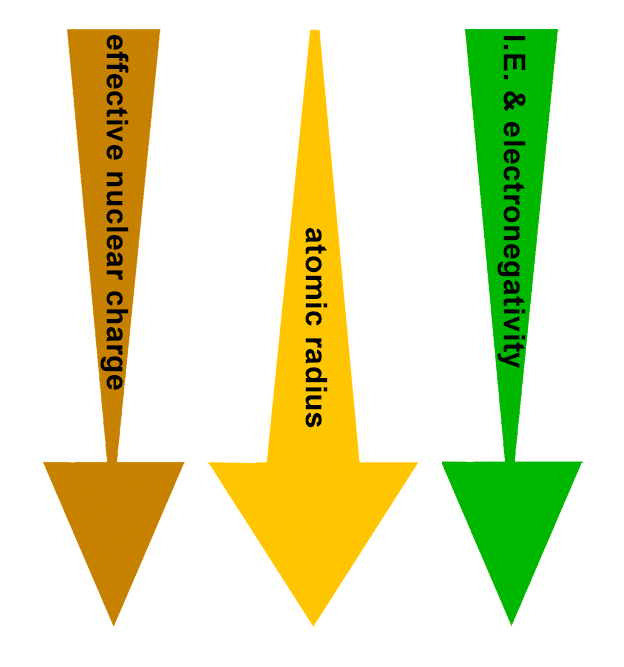
PERIODIC TRENDS:
Effective nuclear charge (Zeff) decreases down the group.
Therefore:
Atomic radius increases down the group.
Ionization energy decreases down the group.
Electronegativity decreases down the group.
Magnetic susceptibility increases down the group.
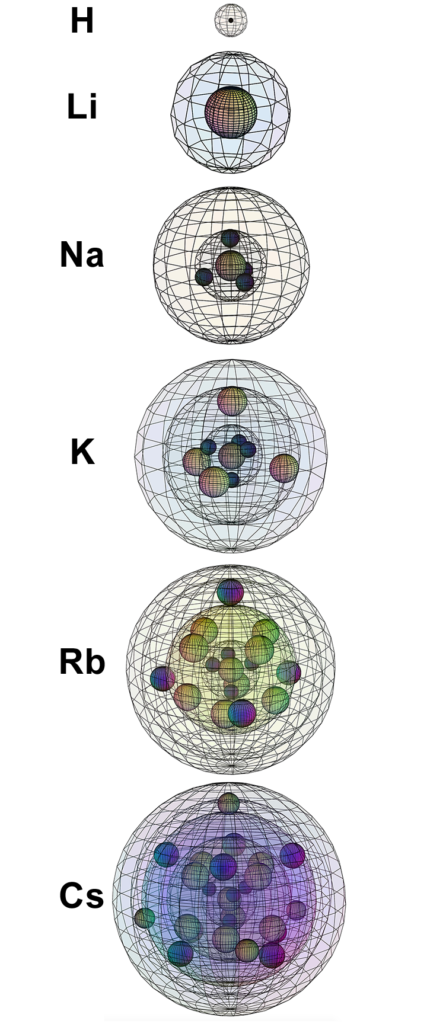
As we move down the first “group” (or column) of the periodic table, elements become larger, with their valence electrons further from the attraction of the nucleus. The more inner electrons an atom has, the more heavily shielded are the valence electrons from the attraction of the nucleus. This causes each successive element down the group to have lower electronegativity, lower ionization energy, and greater reactivity than the element above it in the group. We also see that magnetic susceptibility to an external magnetic field also generally increases as we move down the group.

HYDROGEN (1H)
Hydrogen has only one electron encapsulating one proton. This makes it quite intent upon keeping that electron, and gives it a much higher ionization energy (1,312 kJ/mol) than the other Group I elements. Hydrogen is really unlike the other Group I elements. It is a non-metal while the others are metals. What they have in common is that they all have one valence electron and can therefore make a 1+ ion. As the smallest Group I element, hydrogen also has the highest electronegativity.

LITHIUM (3Li)
With only one 2s-electron, lithium is much more willing to lose its single valence electron since it would then have a full shell — a stable 1s2 di-electron. This shows that a full electron shell is more stable than a neutral charge. Since lithium is small, its nuclear attraction is rather strong. Lithium is therefore mildly reactive, bubbling as it gives off hydrogen gas when placed in water. As the first metal on the periodic table, it has a much lower electronegativity (χe=0.98) and ionization energy (520 kJ/mol) than the non-metal hydrogen (1H) atom above it. Lithium is paramagnetic (χm=+14.2), which means that it is attracted to a magnetic field because its unpaired outer electron can align with an external magnetic field.

SODIUM (11Na)
Sodium is significantly larger than lithium. Its 3s1 electron occupies more space than a 2s2 di-electron and is further away and more shielded from the attraction of the nuclear charge. This makes sodium much more willing to lose its valence electron in search of a full shell configuration. This results in sodium having a lower electronegativity (χe=0.93), a lower ionization energy (496 kJ/mol), and a much higher reactivity than lithium. When placed in water, sodium react so readily and releases so much heat energy in the process that it spontaneously ignites the hydrogen gas that is also released in the reaction. Sodium is only slightly more paramagnetic (χm=+16) than lithium, given the similarity of their single valence electron configurations.
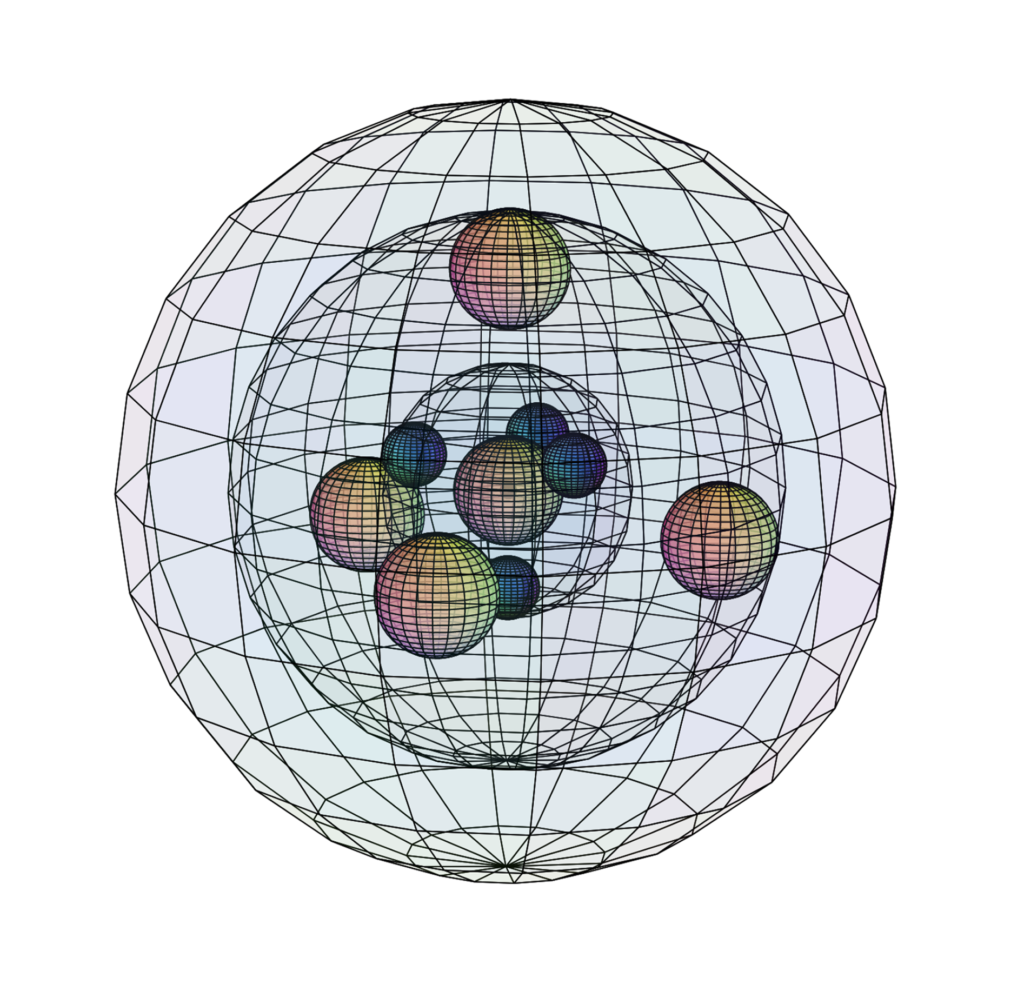
POTASSIUM (19K)
Potassium is larger than sodium. Its 4s1 electron occupies more space than a 3s shell. It is further away and more shielded from the attraction of the nuclear charge, and also has a full 3rd shell within, increasing the electron shielding. This makes potassium much more willing to lose its valence electron in search of a full shell configuration. This results in a lower electronegativity (χe=0.82), a lower ionization energy (419 kJ/mol), and a higher reactivity than sodium. Potassium explodes when placed in water as the heat of its reaction ignites the hydrogen gas that is also released during the reaction. Potassium is only slightly more paramagnetic (χm=+20.8) than sodium and lithium, given the similarity of their single valence electron configurations.
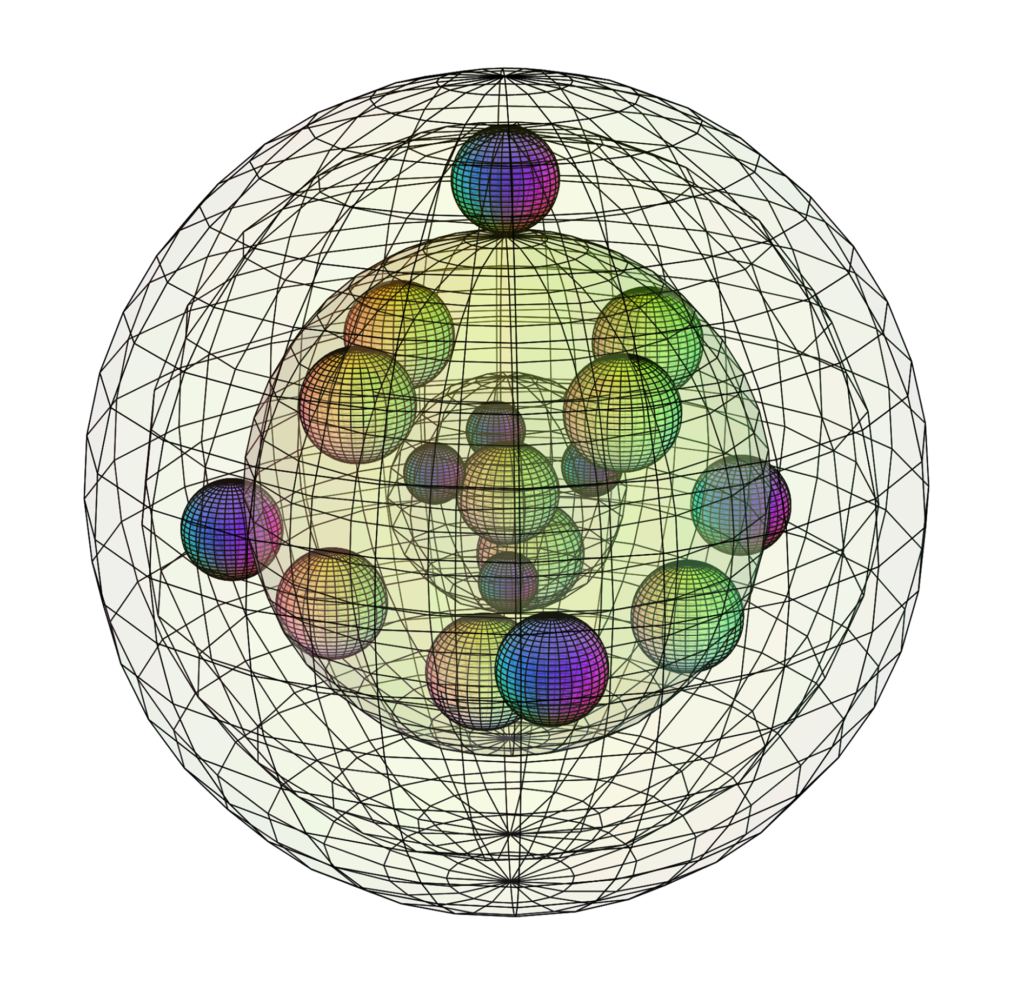
RUBIDIUM (37Rb)
Rubidium is larger than potassium. Its 5s1 electron occupies more space than a 4s shell. It is further away and more shielded from the attraction of the nuclear charge, and also has a full 4th shell within, now featuring a full d-orbital as well. This increases the electron shielding, making rubidium even more willing to lose its valence electron in search of a full shell configuration. This results in a low electronegativity (χe=0.82), a lower ionization energy (403 kJ/mol), and a higher reactivity than potassium. Rubidium self-ignites in air as it eagerly donates its valence electron to oxygen atoms in the air. It also has a similar paramagnetic strength (χm=+17) to potassium, sodium, and lithium, given the similarity of their single valence electron configurations.
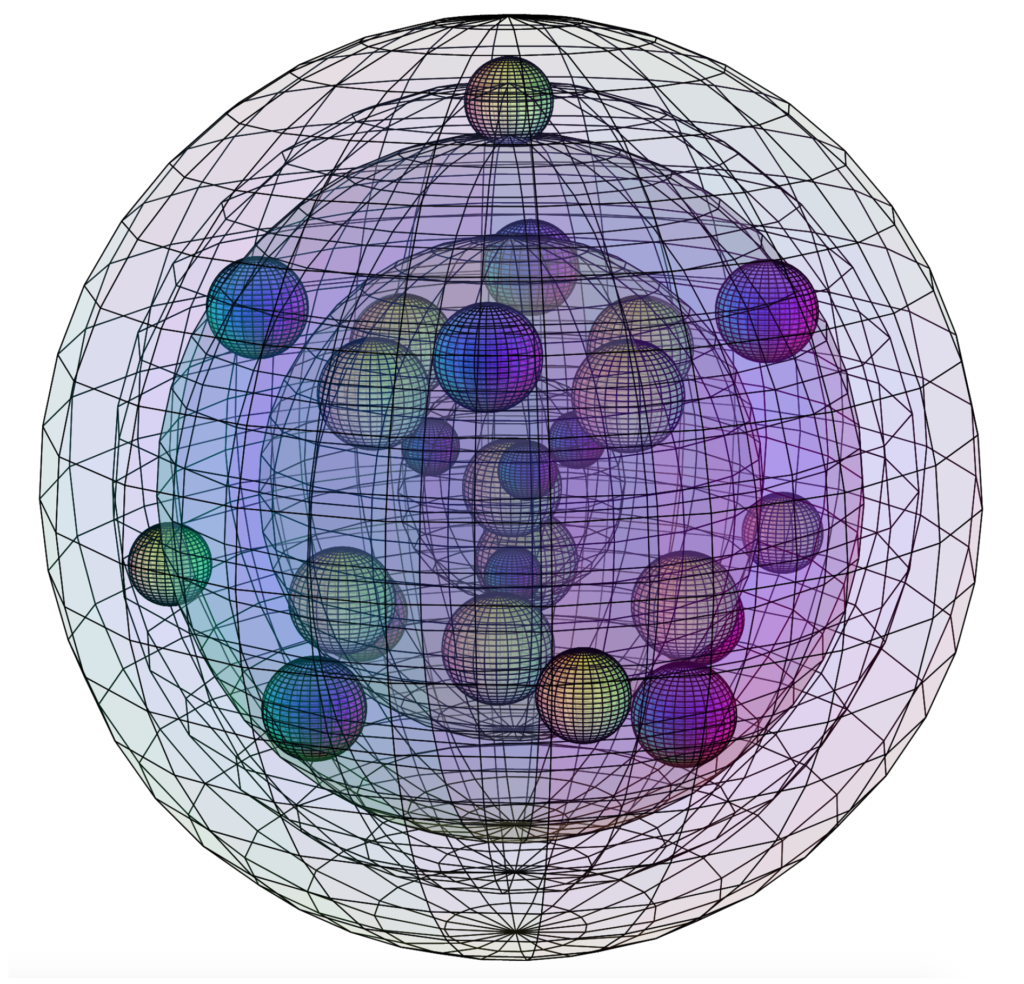
CESIUM (55Cs)
Cesium is larger than rubidium. Its 6s1 electron occupies more space than a 5s shell. It is further away and more shielded from the attraction of the nuclear charge, and also has a full 5th shell within, now featuring two full d-orbitals as well. This increases the electron shielding, making cesium even more willing to lose its valence electron in search of a full shell configuration. This results in a lower electronegativity (χe=0.79), a lower ionization energy (376 kJ/mol), and a higher reactivity than rubidium. Cesium self-ignites in air even more readily than rubidium, as it eagerly donates its valence electron to oxygen atoms in the air. Cesium has a slightly higher paramagnetic strength (χm=+29) than rubidium and potassium, possibly due to its larger size and the greater core electron symmetry it has beneath its valence shell.
FRANCIUM (87Fr) is not shown here.
PERIODIC TRENDS: PERIOD II, PERIOD III, GROUP I, GROUP II, GROUP VII, GROUP VIII
RETURN to the Periodic Table
